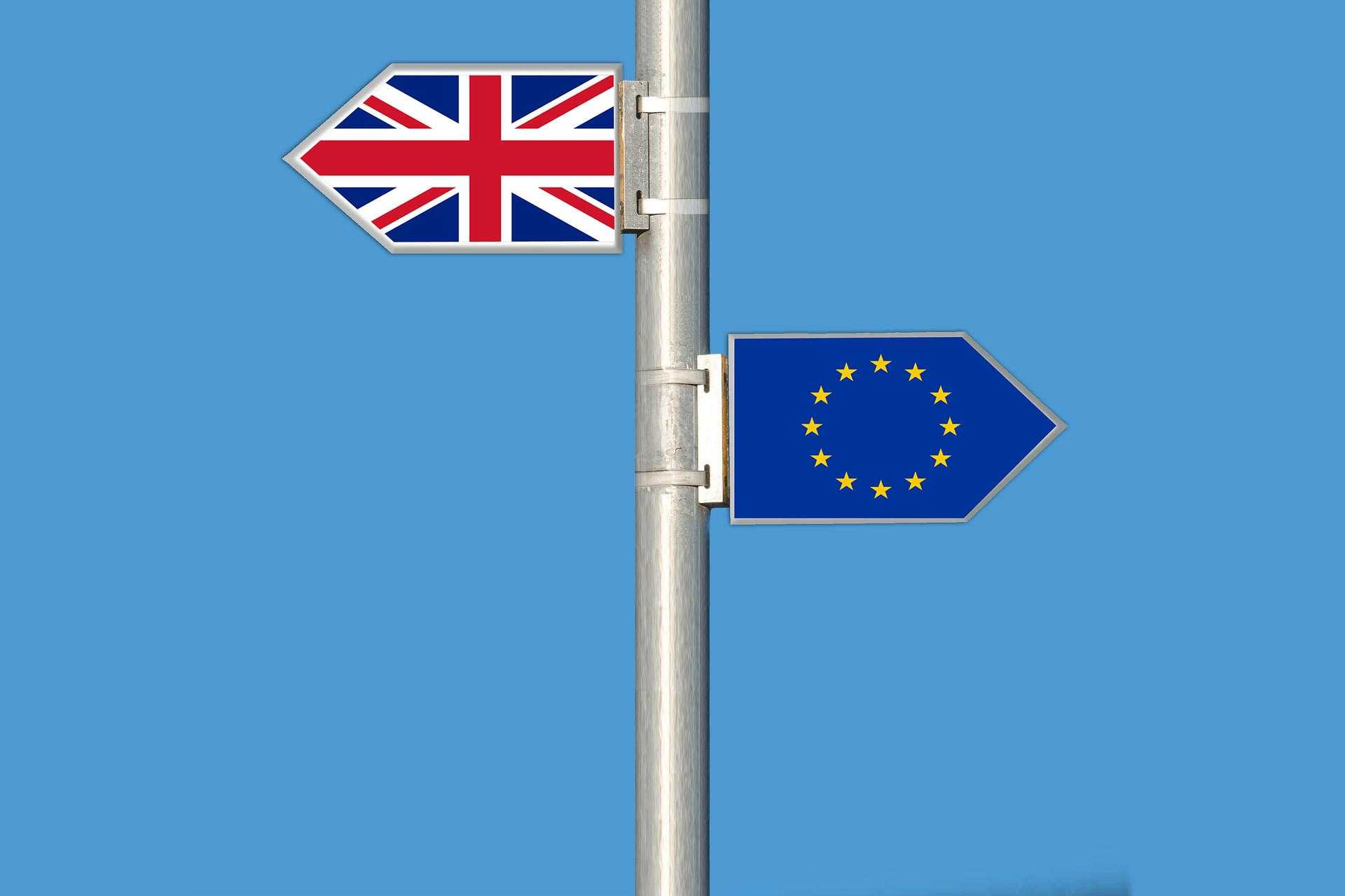Talks continue on the post-Brexit trade deal. Leaders could sign the Brexit deal that may push the GBP/USD pair higher, though conflicts persist.

The United Kingdom left the EU on 31 January 2020. The transition period ends on 31 December 2020. The chance of a deal is still possible, says Barnier. GBP/USD rallied last week from 1.33 levels to 1.3500 levels. However, it could not move past 1.3576 levels and fell back to the same support.
Brexit Negotiations will Decide GBP/USD Movement
Talks were held earlier between European Commission President Ursula von der Leyen and President Boris Johnson on Thursday. Further talks will continue, say the leaders. Officials from Brussels and London keep moving the market up and down, but there is no concrete agreement drawn between both regions. Both leaders do not want to be rushed into signing the deal.
PM Boris Johnson says he is willing to continue talks. “There is a gap that has to be bridged”, he says.
The European Parliament is pressing for an agreement. We are in the final few hours of trade agreements, but “the path is very narrow”, says Michel Barnier, the EU chief negotiator.
If there is a deal, it has to happen before Christmas. Whether the trade agreement happens or not, there will be changes in rules and laws between the two regions after the transition period ends.
Brexit Contentious Issues
UK chief negotiator David Frost is engaged in talks with the EU heads. Key issues that remain as the deadlock are fishing waters, level playing field, and state aid. New proposals are made on fishing access to British waters.
Businesses will be affected in the post-Brexit transition period, which begins from Jan 1. New border checks for trade will be imposed, with new tariffs.
The UK has been following the European Union trade rules while negotiating a trade deal. If there is no trade deal, the UK will have to follow World Trade Organization rules, which will lead to an increase in prices. Michel Barnier is in talks with coastal countries regarding fishing negotiations.
31 December is the deadline for a deal to take place. If there is no deal by the end of December, the UK will become a single market, and the imposition of tariffs may lead to higher prices. With just a few working days available for deciding on the transition, contingency plans have to be implemented to prevent disruptions to the trade cycle.
Once a deal is reached between the two regions, it has to be signed by the UK and EU leaders after it is agreed in the parliament. It is lack of trust that delays the agreement, say analysts.
GBP/USD and Brexit Worries
The British Pound has to stay above the 1.3500 levels to gain upside momentum.
Bank of England has kept rates unchanged at 0.1%, as per expectations. No changes are made towards quantitative easing. Brexit uncertainty prevails as the topmost agenda for the country.
Stimulus measures in the US have weakened the US Dollar helping the British Pound to strengthen. The US Dollar fell below its crucial support at 90.00 levels towards the end of the week. However, a small rebound to 89.95 levels on Friday brings hope of a rebound in the US dollar above 90.00 levels this week.
GBP/USD has strong support at 1.3520 level, at which it closed on Friday, 18 December. If the deal is signed, the GBP/USD may move higher past 1.3580 levels swiftly. But if the deal is not signed, it may slip below the 1.3220 level.
Economic Activities Affected
BRC-KPMG Retail Sales data reported a jump in total sales by 4.9% in October, while it was a decline of 0.3% in October 2019.
Sales increased by 5.2% year-on-year, while it was 6.1% in September. Non-food retail sales increased by 4.0% for the three months ended October.
The unemployment rate for the period August to October was at 4.9%, according to data from the ONS. Unemployment has increased from 4.8% to 4.9%, which is an increase of 1.69 million for this quarter. The coronavirus restrictions are a cause of concern that is affecting the economy in various areas.
PPI Input is at 0.2% from the previous month at 0.3%. The PPI Output month on month is at 0.2%.
Second Coronavirus Wave
The surge in Coronavirus cases in October has dragged the economic recovery in Britain. GDP increase was at 0.4% in October, while it was 1.1% in September, according to the Office for National Statistics data. It has been the weakest growth since April.
With Britain having the highest death toll in Britain caused by the Covid-19, the GDP for the second quarter shrank by 19.8, states data from the ONS. The economic output fell almost 14.4%, caused by the virus infection in October and November, especially in the restaurant and accommodation sector.
The US has its second lockdown with coronavirus infections increasing. California lockdown has affected offices, gatherings, and bars. Restaurants and hair salons are closed down. State Governor Gavin Newsom says that the hospital system in California is overflowing. Top lawyer Rudy Giuliani and others in President Trump’s circle have come down with infections.
The Brexit deal has crossed many deadlines, but the final deadline on 31 December, and there is very little time left.